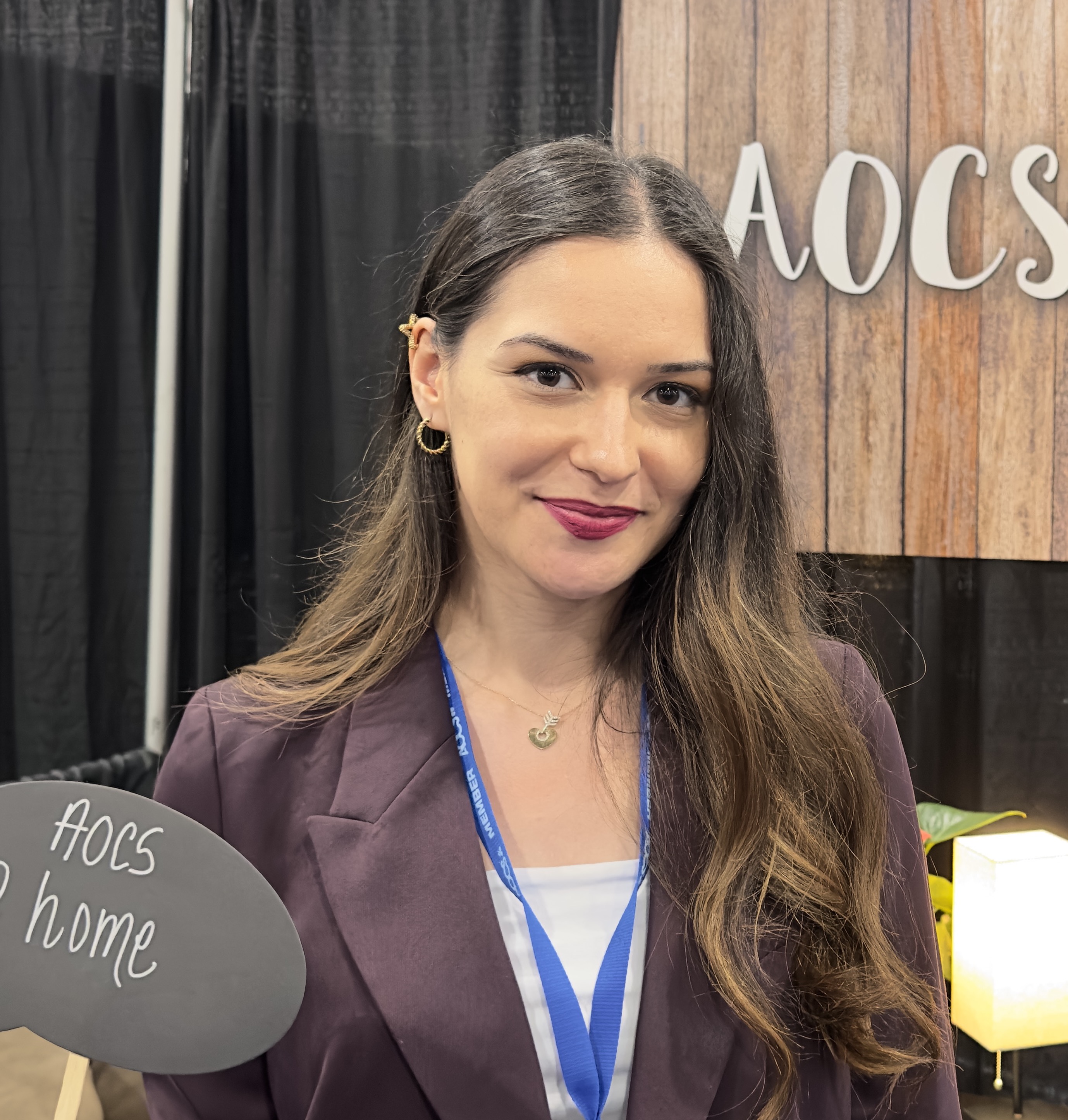2025 AOCS Posters
Protein and Co-Products
Chickpea Aquafaba as a Novel Stabiliser for Chili Oleoresin Encapsulation: A Study on Optimisation, Rheological Behaviour and Microstructure

Selvi Secil Sahin, PhD (she/her/hers)
PhD Student
University of Leeds
Leeds, England, United Kingdom
Alan Javier Javier Hernandez (he/him/his)
Lecturer
University of Leeds
Leeds, England, United States- FG
Francisco M. Goycoolea
Professor
Universidad de Murcia, United States - PH
Peter Ho (he/him/his)
Lecturer
University of Leeds, United States - LK
Lijing Ke (he/him/his)
Professor
University of Leeds, United States
Presenting Author(s)
Co-Author(s)
Aquafaba, a byproduct of chickpea cooking or canning, is often undervalued as a food processing waste stream. Our previous research demonstrated the potential of aquafaba nanoparticles as encapsulation or emulsification agents for bioactive compounds like capsaicin, the primary alkaloid in chili peppers. However, the instability of these emulsions during storage highlighted the need for further optimisation. This study aims to optimise stable chili oleoresin-in-water emulsions stabilised with British Kabuli chickpea aquafaba, while examining their rheological behaviour and morphological (via CLSM and Cryo-SEM) characteristics. Emulsion formulations comprising aquafaba (%), oil (%, oleoresin: MCT 1:1 w/w), and water (%), were optimised using Response Surface Methodology (RSM) to minimise instability index values, measured via centrifugation/laser scanning (LUMiSizer). The most stable formulations (desirability ≥ 0.96) contained 13.85–15.0% aquafaba, 1.0–6.64% oil, and 78.36–85.15% water. These emulsions exhibited gelation at 25°C upon quiescent standing, characterized by a steep increase in G' over G'' moduli and gel-like frequency dependence. Complex viscosity (η*) also increased with higher aquafaba content. Also, the complex viscosity (η*) significantly increased with aquafaba contents. Upon shearing and breakup of the gel structure and subsequent standing in the rheometer, the emulsions gelled again. This reversible behaviour was diagnostic of physical interactions underpinning the structure of the gel network. Cryo-SEM images revealed the presence of raspberry-like surface topology at the surface of the oil droplets, consistent with our hypothesis of Pickering emulsion stabilisation by aquafaba nanoparticles. Our results provide compelling evidence that aquafaba has the capacity to be used as a wall material for capsaicin and chili oleoresins encapsulation, leading to gelled emulsions. Ongoing studies are seeking to address the bioactivity, bioavailability, cytotoxicity and sensory properties of these systems, and to the full realization of these systems in the future formulation of functional foods.

.png)